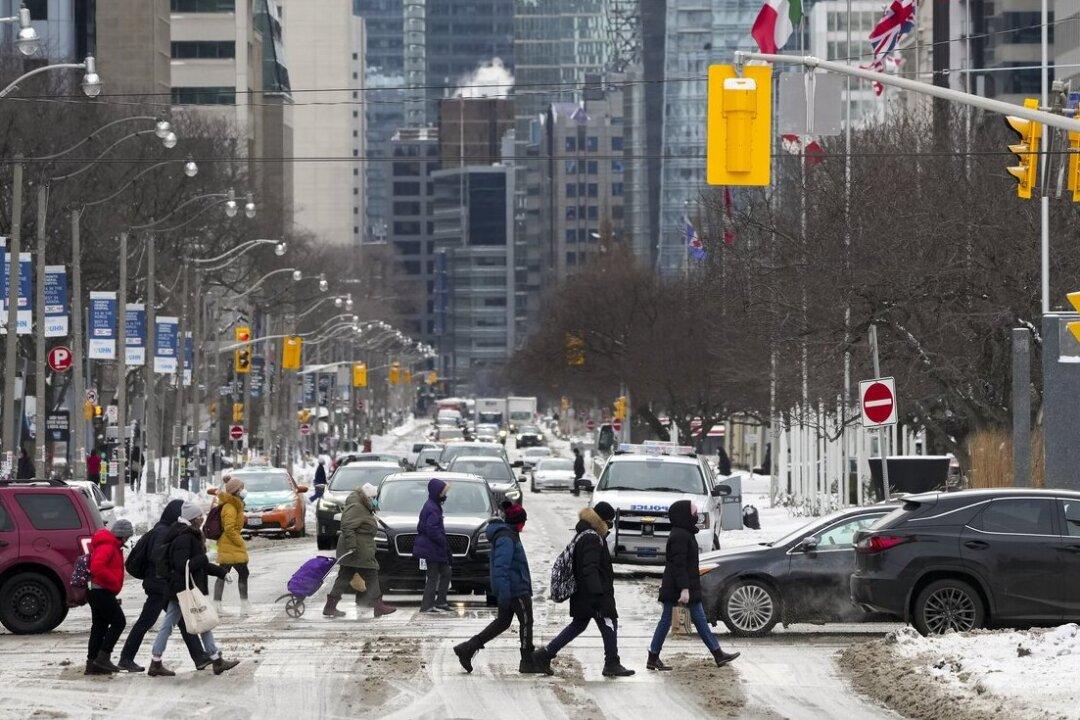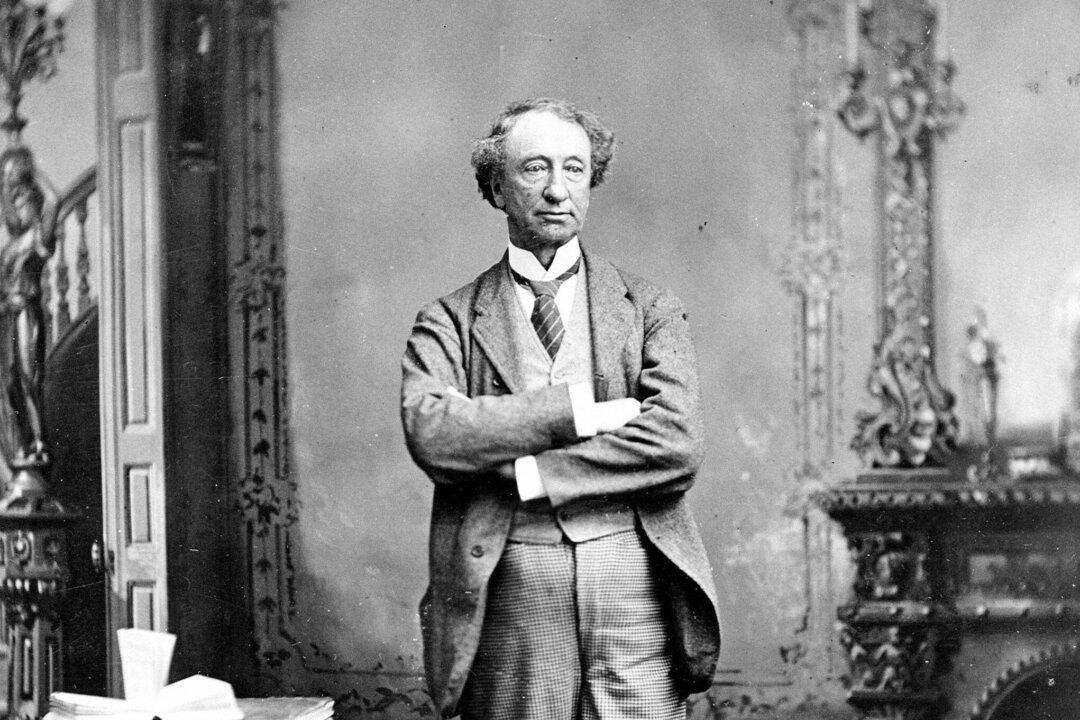Canada’s population has surpassed 41 million residents nine months after reaching a previous threshold of 40 million, according to new data from Statistics Canada.
The figures come from StatCan’s population clock, a model that estimates the population of the country in real-time. The population figure had reached 41,003,926 at time of publication.





